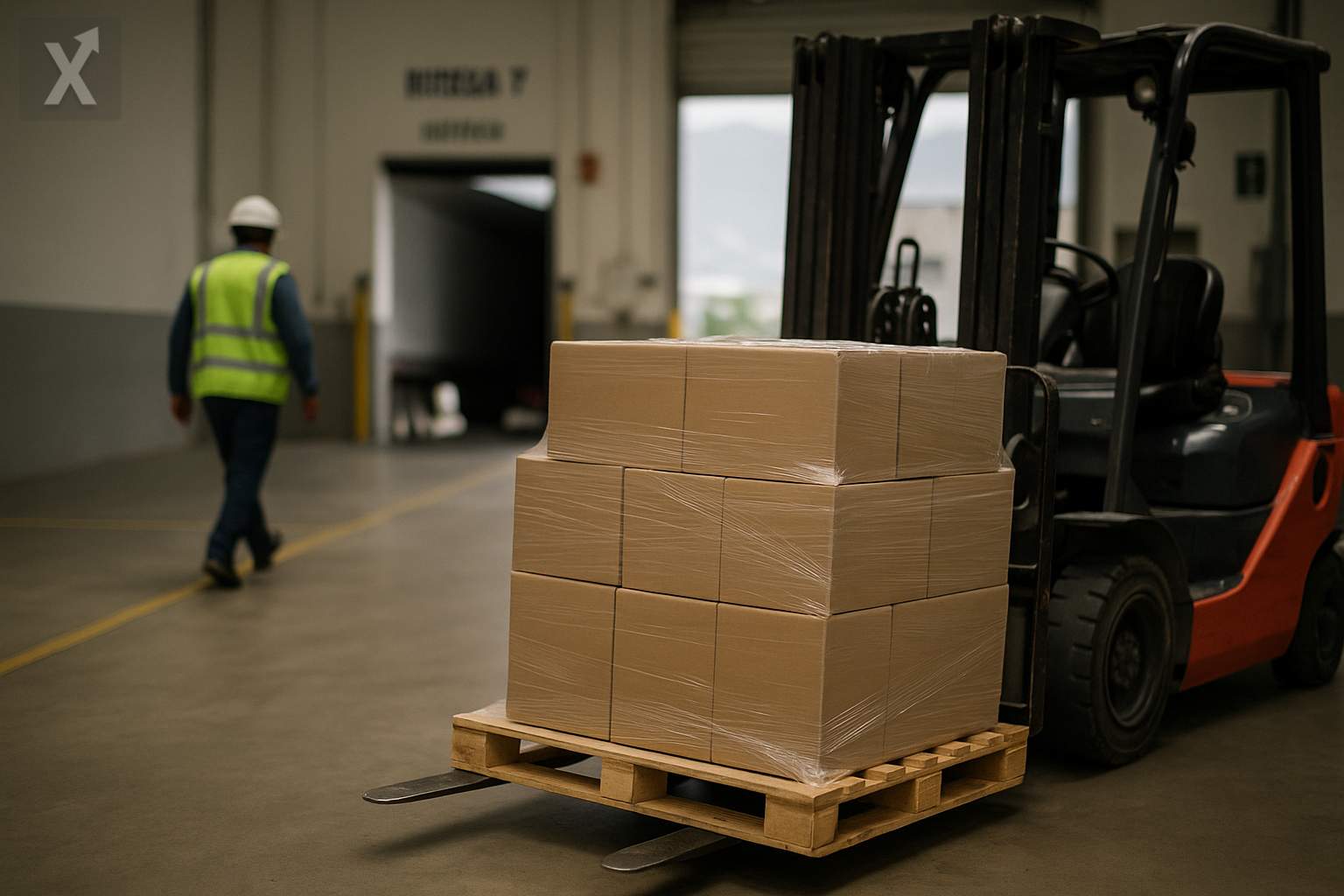Wage Disparity in Mexico: Mexico City and Northern States Lead in Earnings

Wages in Mexico show marked differences depending on the region and industry, reflecting the complex dynamics of the national labor market. According to recent data from the Secretariat of Labor and Social Welfare (STPS), the average daily wage in the country reached 622.85 pesos during the first half of 2025, with Mexico City ranking as the state with the highest pay levels.
The nation’s capital leads with an average daily wage of 774.45 pesos—equivalent to approximately 23,620 pesos per month—well above the national average. Following behind are northern and border states such as Baja California (716.57 pesos daily), Nuevo León (678.32), Querétaro (673.60), and Tamaulipas (656.67), driven in part by regional dynamics and the presence of the Northern Border Free Zone (ZLFN). This special framework, covering municipalities in six border states, has contributed to boosting wages and competitiveness, taking into account the local cost of living and the neighboring U.S. labor markets.
In contrast, states in southern and western Mexico such as Sinaloa, Nayarit, Durango, Oaxaca, Guerrero, and Michoacán reported the lowest average wages, with daily earnings ranging from 487 to 515 pesos. This regional disparity is explained by factors like the local productive structure, a high concentration of low value-added activities, and lower levels of investment in infrastructure and economic development.
Breaking down salaries by economic sector, industries related to electricity and water supply top the list, with daily wages of 1,232.98 pesos—almost double the national average. They are followed by the mining, manufacturing, and social/community services sectors. On the other hand, primary activities like agriculture, livestock, and fishing rank at the bottom, with average wages below 440 pesos per day, even though they employ a considerable number of workers and are characterized by high informality and labor marginalization.
Another key factor impacting wages is company size. Data from the Labor Statistical Information System (SIEL) show that establishments with more than 1,000 employees offer daily wages close to 778 pesos, while microenterprises with just one employee barely reach 354 pesos per day. This is due to the greater financial capacity of large companies, as well as their ability to provide greater job security and benefits.
For 2025, the federal government and the National Minimum Wage Commission (Conasami) set the minimum wage at 278.80 pesos per day (8,480.17 pesos monthly) for the General Zone, while in the Northern Border Free Zone it increased to 419.88 pesos per day (12,771.35 pesos monthly)—both representing a 12% annual increase compared to 2024. Despite these hikes, the spike in inflation over recent years has diminished part of workers’ purchasing power, and the challenge of closing the regional and industrial wage gap still remains.
Key challenges going forward include strengthening job quality, reducing informality, and boosting equitable regional development. Raising the minimum wage and implementing industrial policies could encourage greater labor inclusion, but structural challenges persist in sectors like agriculture and in historically lagging regions.
In summary, the recent evolution of wages in Mexico shows gradual improvements and progress in some regions, though significant differences still exist between states and sectors. The main challenge will be ensuring that wage growth benefits the entire country’s workforce more evenly.






